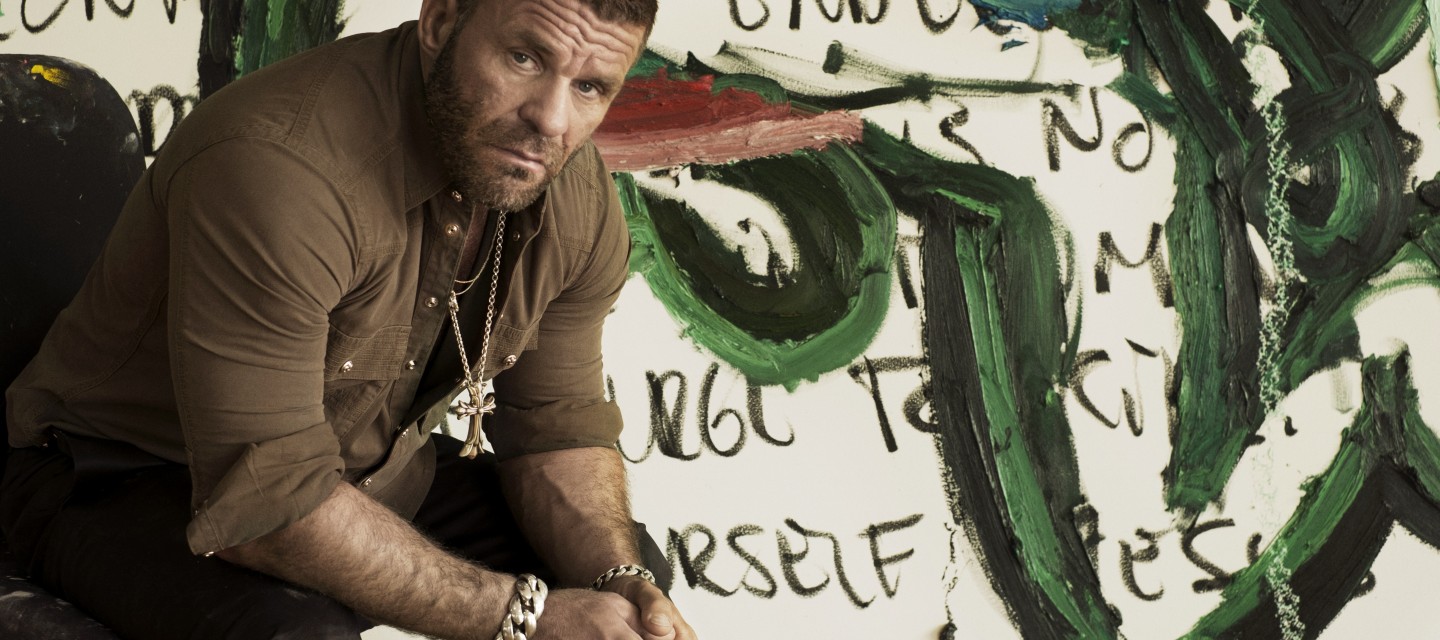10/03/18
Bjarne Melgaard: A Contradiction in Terms
‘I don’t do art to make everybody like me and I don’t have
any problems with people not liking my work.’ For an artist who has more often
than not courted controversy with his paintings, films and installations, this
is doubtless a good thing. A lesser character might have kowtowed to criticism
and given up his art-making, but not Bjarne Melgaard. ‘I believe in freedom of
speech. I don’t see my work as very mainstream, so when I get reactions saying it
is stupid, everyone is entitled to their opinion. But I am also entitled to my
opinion. As long as you know yourself what you’re doing, and you’re convinced
about it, then you can handle anything.’

Melgaard’s current exhibition, which opened on 23 February
at Galerie Thaddaeus Ropac, London, is by no means as controversial as many of
his earlier offerings – which have seen him variously accused of racism,
paraphilia and paedophilia. Showing alongside an exhibition of works by Sturtevant,
Melgaard’s solo show – his first with the gallery in London – sees the 17th-century
Ely Room filled with a suite of 14 new paintings, Bodyparty (Substance Paintings), each 180x180cm. Because of the age
of the building, the heavy canvases could not be hung on the walls, and so they
stand about, propped up on marble blocks. Melgaard, however, likes this
‘improvised’ feel, echoing the ‘casual easiness’ with which the works stand on
the floor in his studio, and describes the whole coming together of the
exhibition, proposed to him ‘at very short notice’ by Ropac’s new senior global
director, and former director of Serpentine Galleries, Julia Peyton-Jones, as ‘very
organic and very fast’.
Read the full interview on the Norwegian Arts website here